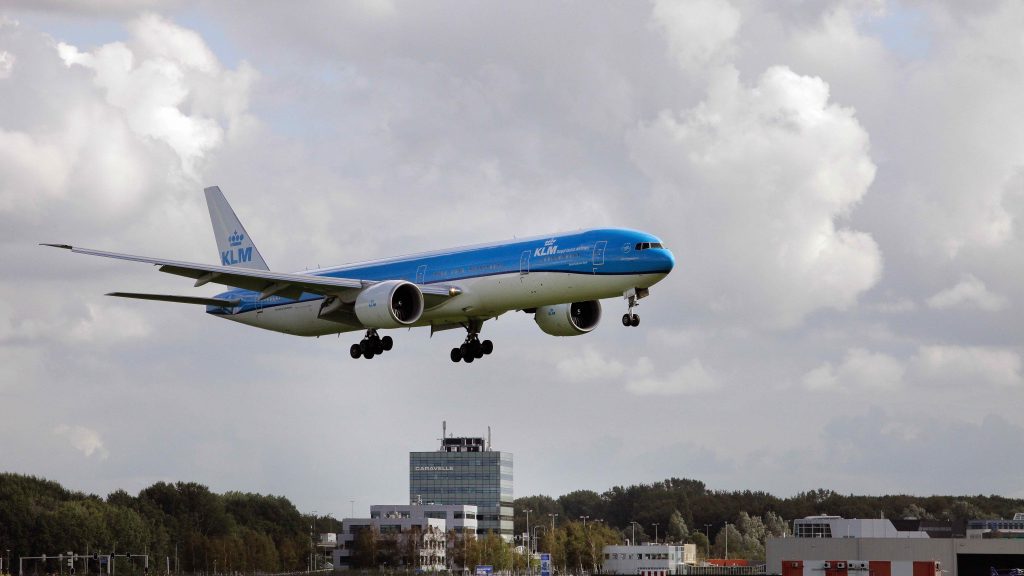
We delivered a gap analysis and step-by-step approach for implementation of ADQ at Dutch civil airports.
Present and future air navigation systems (P-RNAV, A-SMGCS and EGPWS among others) are dependent on aeronautical data, with many requiring significantly higher data quality than is currently available. The improvement of aeronautical data quality to meet the levels required by these new systems is an ongoing challenge due to not only the complexity of the data processes, but also the reliance on paper-based systems and human input.
For example, the coordinates of a runway threshold are inadvertently modified due to a typing error. With future aircraft navigation systems, aircraft will land using the coordinates of the runway rather than radio beam or Instrument Landing System. With incorrect runway coordinates, the aircraft would not be guided to land on the runway, but e.g. on the grass or water.
The EU Aeronautical Data Quality Implementing Rule (ADQ IR) establishes the framework for a full digital aeronautical information data supply chain.
We delivered a gap analysis and step-by-step approach for implementation of ADQ at Dutch civil airports. Additionally, we bridged the gap between airports, LVNL (AIS provider) and the Dutch regulator by negotiating consensus on essential items regarding implementation.
P-RNAV: Precision Area Navigation, ASMGCS: Advances Surface Movement and Ground Control System, EGPWS: Enhanced Ground Proximity Warning System, AIS: Aeronautical Information Services

